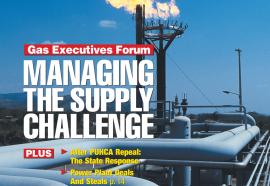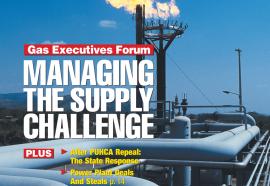A Business Case: Energy Efficiency in the New Environment
Investments in energy efficiency can be a growing revenue source. Strong programs, in conjunction with effective monitoring and verification, are the keys to success.
To turn efficiency investments into a growing revenue source, strong programs, in conjunction with effective monitoring and verification, are the keys to success.











